- No products in the cart.
Medisorb metronidazole tab 250mg 20 pieces
$0.81
Medisorb metronidazole tab 250mg 20 pieces
SKU: 1539028030 Categories: Antibiotics, antimicrobial, antiparasitic, Antiprotozoal, Medicaments Tag: Medisorb
Description
Composition
Active substance:
1 tablet contains: Metronidazole 250 mg ;.
Excipients:
Povidone (polyvinylpyrrolidone) 2.5 mg; potato starch 36.4 mg; sucrose (sugar), 8.1 mg; Stearic acid 3.0 mg.
Description:
Tablets white or white with a yellowish-greenish hue color, Valium forms.
Product form:
250 mg Tablets
10 tablets in blisters of PVC film and aluminum foil or paper printed with lacquer polymeric coating.
10 tablets in contour bezgyachakova packing paper coated. 1, 2, 3, 4 or 5 outline packages with instructions for use placed into cardboard pack.
Contraindications
Hypersensitivity to the drug; leukopenia (including history); organic lesions of the central nervous system (including epilepsy); hepatic failure (in the case of large doses destination); deficit sucrase / isomaltase, fructose intolerance, glucose-galactose malabsorption; children’s age (up to three years).
Precautions administered to patients with renal / hepatic insufficiency and diabetic patients (due to the presence of sugar).
In combination with amoxicillin is not recommended for use in patients younger than 18 years.
When long-term therapy is necessary to control blood picture.
When leukopenia possibility of further treatment depends on the risk of infection.
The emergence of ataxia, dizziness and any other worsening of neurological status of patients required discontinuation of treatment.
Dosage
250 mg
Indications
Protozoal infections: extra-intestinal amebiasis, including amebic liver abscess, intestinal amebiasis (amebic dysentery), trichomoniasis (including Trichomonas vaginitis, Trichomonas urethritis); infections caused Bacteroidesspp. .. (Including Bacteroides fragilis, Bacteroides distasonis, Bacteroides ovatus, Bacteroides thetaiotaomicron, Bacteroides vulgatus): bone and joint infections, infections of the central nervous system (CNS) in t h bacterial endocarditis, pneumonia, empyema, lung abscess; infections caused Clostridiumspp views., Peptococcusnigeri Peptostreptococcusspp. : Abdominal infections (peritonitis, liver abscess), pelvic infections (endometritis, abscess, fallopian tubes and ovaries, vaginal vault infection); pseudomembranous colitis (associated with use of antibiotics); gastritis or duodenal ulcer associated with Helicobacterpylori; prevention of post-operative complications (especially at interference colon adrectal region, appendectomy, gynecological surgery); Radiotherapy patients with tumors – as radiosensitizing agents in cases where the resistance of the tumor is caused by hypoxia in the tumor cells.
Interaction with other drugs
Metronidazole potentiates the effect of anticoagulants, which leads to an increase in prothrombin time.
Similarly, disulfiram is intolerant of ethanol. The simultaneous use of disulfiram can lead to a variety of neurological symptoms (interval between administration – at least 2 weeks).
Cimetidine inhibits metabolism of metronidazole, which may lead to an increase in its concentration in the blood serum and the risk of an increase of side effects.
Simultaneous administration of drugs that stimulate the microsomal oxidation enzymes in the liver (phenobarbital, phenytoin) may accelerate the elimination of metronidazole, resulting in decreases its concentration in plasma.
Together with the admission lithium drugs may increase the plasma concentration of the latter and the development of symptoms of intoxication.
Do not combine with non-depolarizing muscle relaxants (vecuronium bromide).
Sulfonamides enhance the antimicrobial activity of metronidazole.
Overdose
Symptoms include nausea, vomiting, ataxia; when receiving as radiosensitizing agents – seizures, peripheral neuropathy.
Treatment: there is no specific antidote, symptomatic and supportive therapy.
pharmachologic effect
Pharmacological group:
Antimicrobial and protivoprotozoynoe means.
Pharmacodynamics:
Antiprotozoal and antibacterial drug, 5-nitroimidazole derivative. The mechanism of action is in the biochemical reduction of 5-nitro intracellular transport proteins of anaerobic microorganisms and protozoa. The recovered 5-nitro reacted with deoxyribonucleic acid (DNA) microbial cells by inhibiting synthesis of nucleic acids, which leads to the death of the bacteria.
It has a wide spectrum of action. It is active against protozoa – Trichomonasvaginalis, Giardiaintestinalis (Lambliaintestinalis), Entamoebahistolytica, as well as Gram-negative anaerobes Bacteroidesspp. (Including Bacteroidesfragilis, Bacteroidesdistasonis, Bacteroidesovatus, Bacteroidesthetaiotaomicron, Bacteroidesvulgatus), Fusobacteriumspp., Gram-positive and certain anaerobes (sensitive strains Eubacteriumspp, Clostridiumspp, Peptococcusniger, Peptostreptococcusspp.). Minimum inhibitory concentration for these strains is 0.125 – 6.250 g / ml.
In combination with amoxicillin is active against Helicobacterpylori.
Not sensitive to metronidazole aerobic microorganisms and facultative anaerobes, but in the presence of mixed flora (aerobes and anaerobes) metronidazole acts synergistically with antibiotics effective against common aerobes.
Increases of tumor sensitivity to radiation, causes disulfiramopodobnye reaction.
Pharmacokinetics:
Absorption – high (bioavailability of not less than 80%). It has high penetration ability, achieving bactericidal concentrations in most tissues and body fluids, including the lungs, kidneys, liver, skin, cerebrospinal fluid, brain, bile, saliva, amniotic fluid, abscess cavity, vaginal secretions, semen, breast milk, penetrates through the blood-brain and placental barriers. The distribution: adults – about 0.55 l / kg, newborns – 0.54 – 0.81 L / kg.
Maximum blood concentration of the drug (C max) is 6 to 40 ug / ml depending on the dose. The time to reach maximum concentration (TSmax) – 1-3 hours Connection to plasma proteins -. 10 – 20%.
In the body, metabolized about 30-60% metronidazole by hydroxylation, oxidation and glyukuronirovaniya. The major metabolite of (2-oximetronidazole) protivoprotozoynoe and also provides antimicrobial effect.
The half-life (T1 / 2) for normal liver function – 8 hours (6 to 12 hours), with alcoholic liver disease – 18 h (from 10 to 29 hours).
Excreted by the kidneys 60 – 80% (20% unchanged) through the intestine – 6 – 15%.
Renal clearance – 10.2 ml / min. Patients with impaired renal function after repeated administration of metronidazole can be observed cumulation serum (however in patients with severe renal impairment receiving frequency to be reduced by half).
Metronidazole and major metabolites are rapidly removed from the blood by hemodialysis (T1 / 2 is reduced to 2.6 hours). When peritoneal dialysis is output in minor amounts.
Pregnancy and breast-feeding
Contraindicated in Itrimestreberemennosti and lactation.
Application in II and III trimestreberemennosti and lactation is possible that if the benefit to the mother outweighs the risk of side effects in the fetus and child.
If necessary, the appointment during lactation should stop breastfeeding.
Conditions of supply of pharmacies
Holidays prescription.
side effects
Blood disorders and lymphatic system: agranulocytosis, leukopenia, neutropenia, thrombocytopenia.
Disorders of immune system: angioedema, anaphylactic shock.
Disorders of the nervous system: peripheral sensory neuropathy, headache, convulsions, dizziness, reported on the development of encephalopathy and under acute cerebellar syndrome (loss of coordination and synergy of movements, ataxia, dysarthria, gait disturbance, nystagmus, tremor), which are reversible after discontinuation of metronidazole, aseptic meningitis.
Mental disorder: psychotic disorders including confusion, hallucinations, depression, insomnia, irritability, anxiety.
Violations by the organ of vision: transient visual disturbances such as diplopia, myopia, blurred contours of objects, blurred vision, impaired color perception, neuropathy / optic neuritis.
Disorders of the gastrointestinal tract: epigastric pain, nausea, vomiting, diarrhea, glossitis, stomatitis, “metallic” aftertaste in the mouth, reduced appetite, anorexia, dryness of the oral mucosa, constipation, pancreatitis (reversible cases), the color change language / “coated tongue” (because of the proliferation of fungal microflora).
Disorders of the liver and biliary tract: increased activity “liver” enzymes (aspartataminotranferazy, alaninaminotranferazy, alkaline phosphatase), or a mixed development cholestatic hepatitis and hepatocellular liver injury, sometimes soprovozhdayuscheegosya jaundice; in patients treated with metronidazole in combination with other antibacterial agents, there have been cases of liver failure requiring liver transplantation.
Violations of the skin and subcutaneous tissue disorders: rash, itching, flushing of the skin, rash, pustular rash, Stevens-Johnson syndrome, toxic epidermal necrolysis.
Violations of the kidneys and urinary tract: Urine staining brownish-reddish color due to the presence in urine of a water-soluble metabolite of metronidazole, dysuria, polyuria, cystitis, incontinence, candidiasis.
General disorders and administration site in fever, nasal congestion, arthralgias, fatigue (for dosage forms for oral and parenteral use), thrombophlebitis (pain, redness or swelling at the injection site) (for a dosage form for parenteral use).
Laboratory and instrumental data: flattening of the T wave on the electrocardiogram.
If any of these instructions side effects are compounded, or observed any other side effects not mentioned in the instructions, you should immediately inform your doctor.
special instructions
During the period of treatment must be careful when driving and occupation of other potentially hazardous activities that require high concentration and psychomotor speed reactions, with the appearance of dizziness, impaired coordination, irritability, weakness, headache.
In the period of treatment is contraindicated receiving ethanol (development disulfiramopodobnyh reaction: abdominal pain, spastic nature, nausea, vomiting, headache, a sudden “tide” of blood to the face).
Can immobilize treponema and lead to false positive test Nelson.
Urine stains in dark color.
In the treatment of Trichomonas vaginitis in women and urethritis in men Trichomonas should refrain from sexual activity. Required simultaneous treatment of sexual partners. Treatment does not stop at the time of menstruation. After treatment of trichomoniasis should hold control samples for three consecutive cycles before and after menstruation.
1 tablet contains 44.5 mg of carbohydrates (starch or sugar), which corresponds to 0.0037 bread units (BU). This should be considered in patients with diabetes mellitus.
Storage conditions
In a dry, dark place at a temperature not higher than 25 C.
Keep out of the reach of children.
Dosing and Administration
The drug is taken orally, during or after eating (or drinking milk), not liquid.
When trihomoniaze- 250 mg (1 tablet), 2 times a day for 10 days. Women must additionally assign metronidazole in the form of vaginal suppositories or tablets. If necessary, it is possible to repeat the course of treatment or to increase the dose of 0.75 – 1.0 g / day. (3-4 tablets). should make a break between courses in 3 – 4 weeks to conduct repeated control laboratory tests. An alternative therapy is a diagram of assignment of 2 g (8 tablets) once the patient and his sex partner.
Children older than 10 years – 500 mg / day (2 tablets). The daily dose should be divided into 2 doses. The course of treatment – 10 days.
In chronic amebiazesutochnaya dose of 1.5 g (6 tablets) in 3 divided doses for 5-10 days.
In acute amebic dizenteriisutochnaya dose of 2.25 g (9 tablets) in 3 divided doses until the symptoms cease.
When abscess pechenimaksimalnaya daily dosage of 2.5 g (10 tablets) 1 or 2-3 hours, 3-5 days, in combination with antibiotics (tetracyclines), and other therapies.
Children 7-10 years – half the adult dose.
In ulcerative stomatitevzroslym appoint 500 mg (2 tablets), 2 times a day for 3-5 days.
The children in this case, the drug is not shown.
When pseudomembranous kolite- 500 mg (2 tablets) 3 times a day. The course of treatment – 14 days.
For eradication Helicobacterpylori- 500 mg (2 tablets) 3 times daily for 7 days (in combination therapy, e.g., a combination of amoxicillin with 2.25 g / d).
For the prevention of infectious oslozhneniy- of 750-1500 mg / day (3-6 tablets) in 3 divided doses for 3-4 days before the operation or once 1.0 g (4 tablets) for the first day after the operation. After 1-2 days after the operation (when it is allowed to ingestion) – 750 mg / day (3 tablets) for 7 days.
When expressed renal impairment (creatinine clearance less than 10 mL / min), the daily dose should be halved.
Information
Appearance may differ from that depicted in the picture. There are contraindications. You need to read the manual or consult with a specialist
Additional information
| Weight | 0.100 kg |
|---|---|
| Manufacturer | Medisorb |

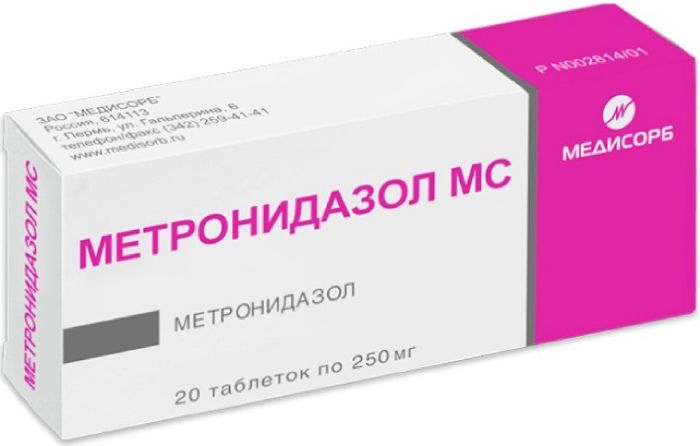


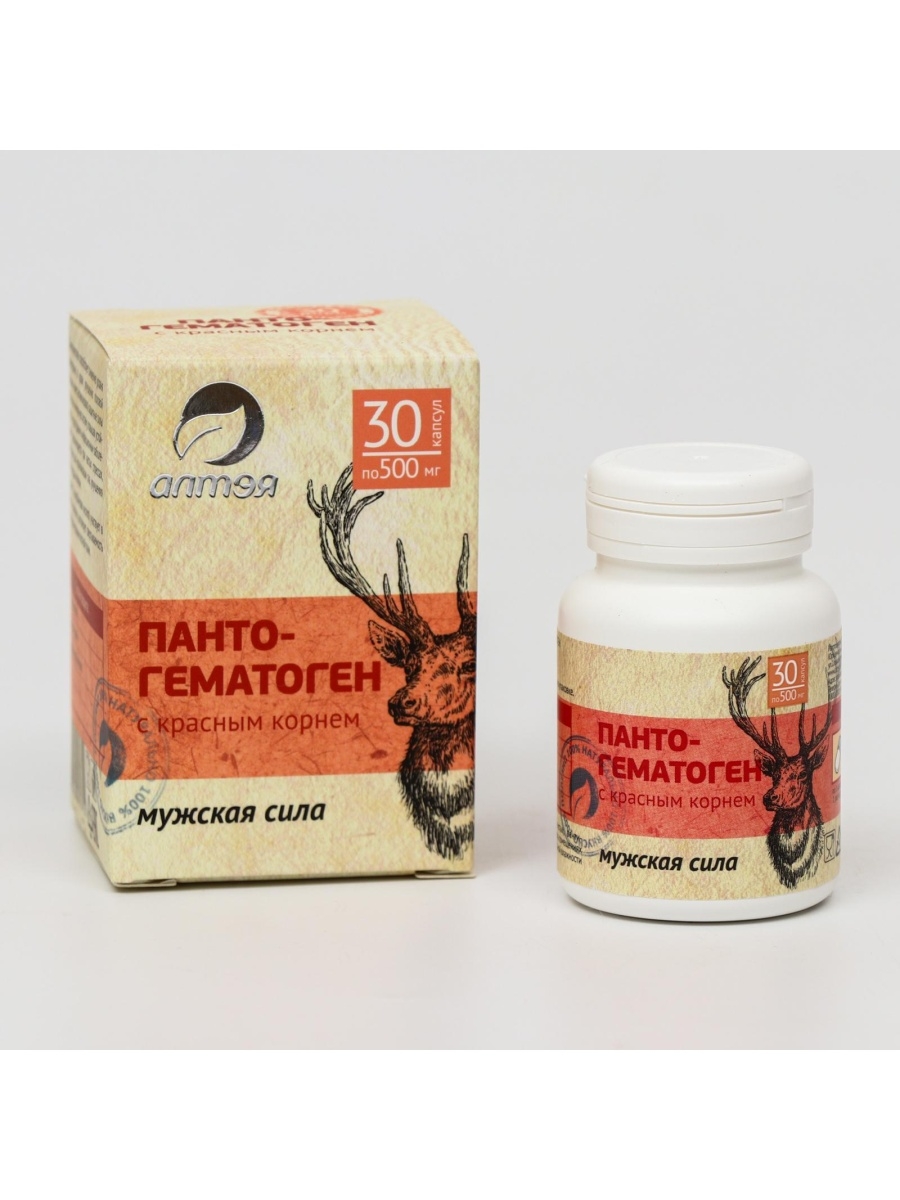

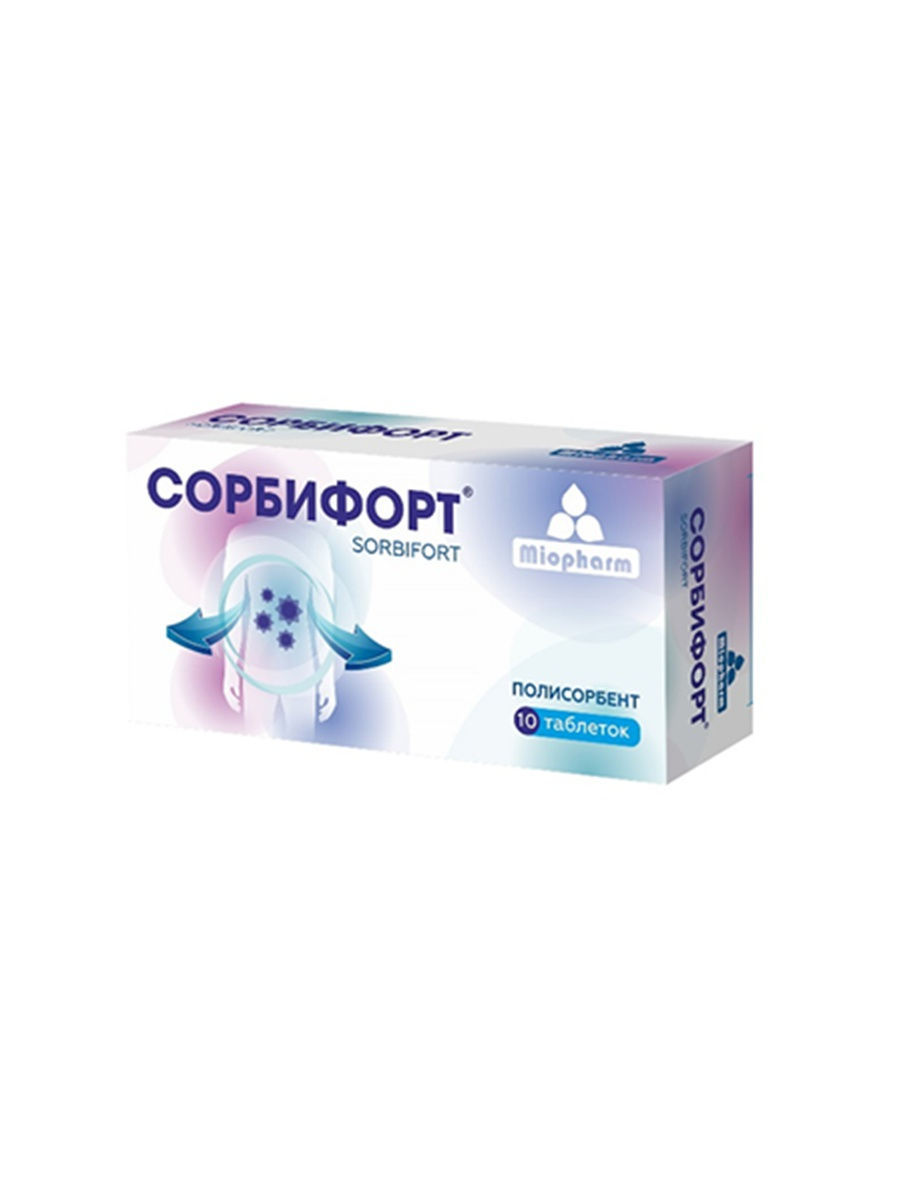
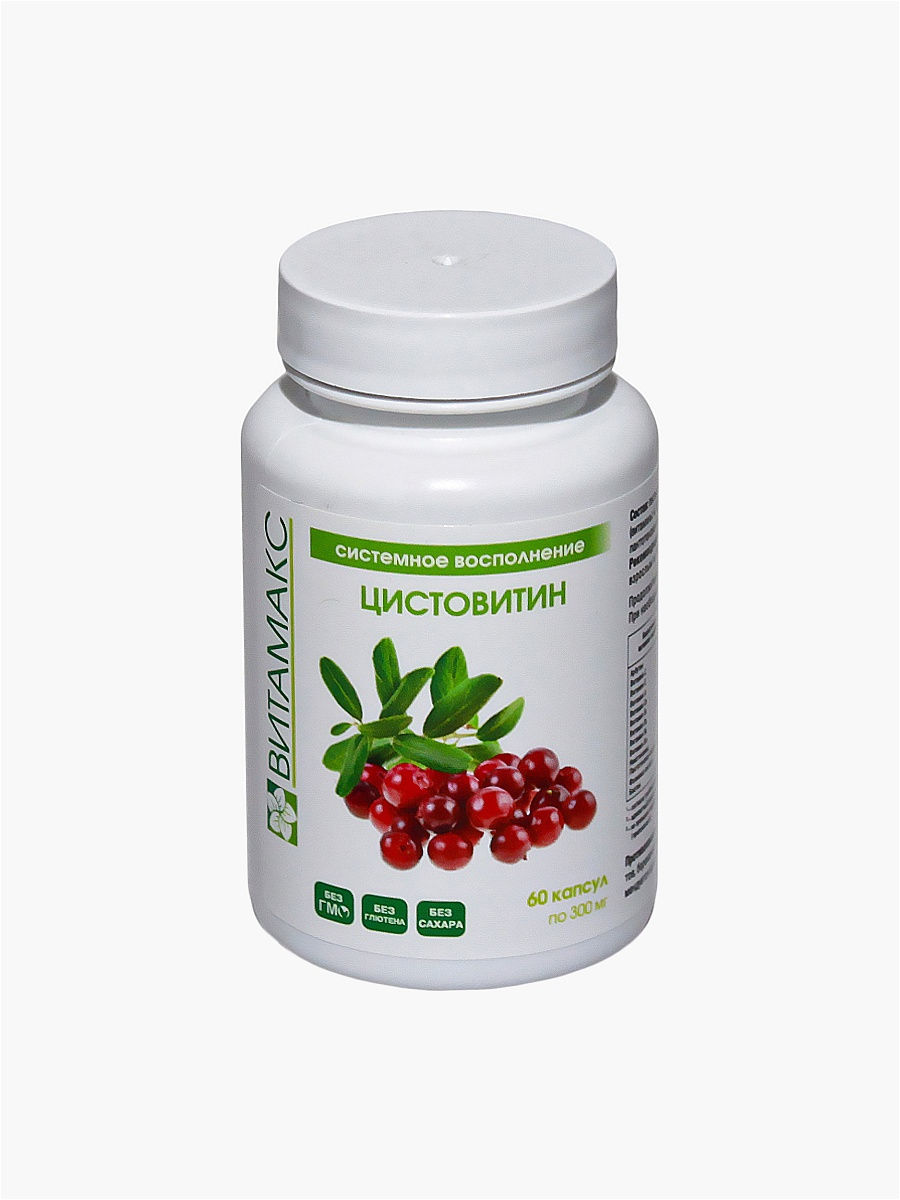
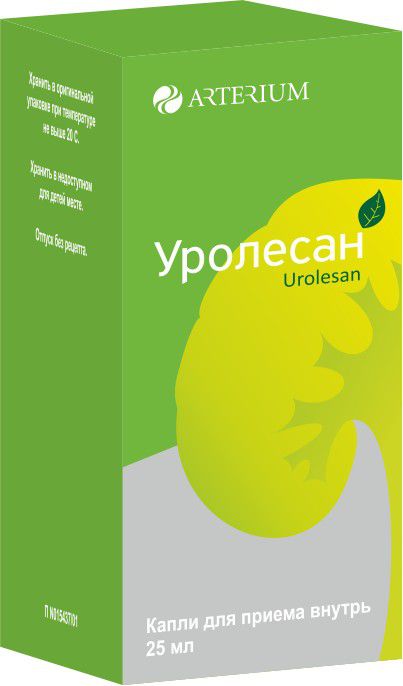




There are no reviews yet.